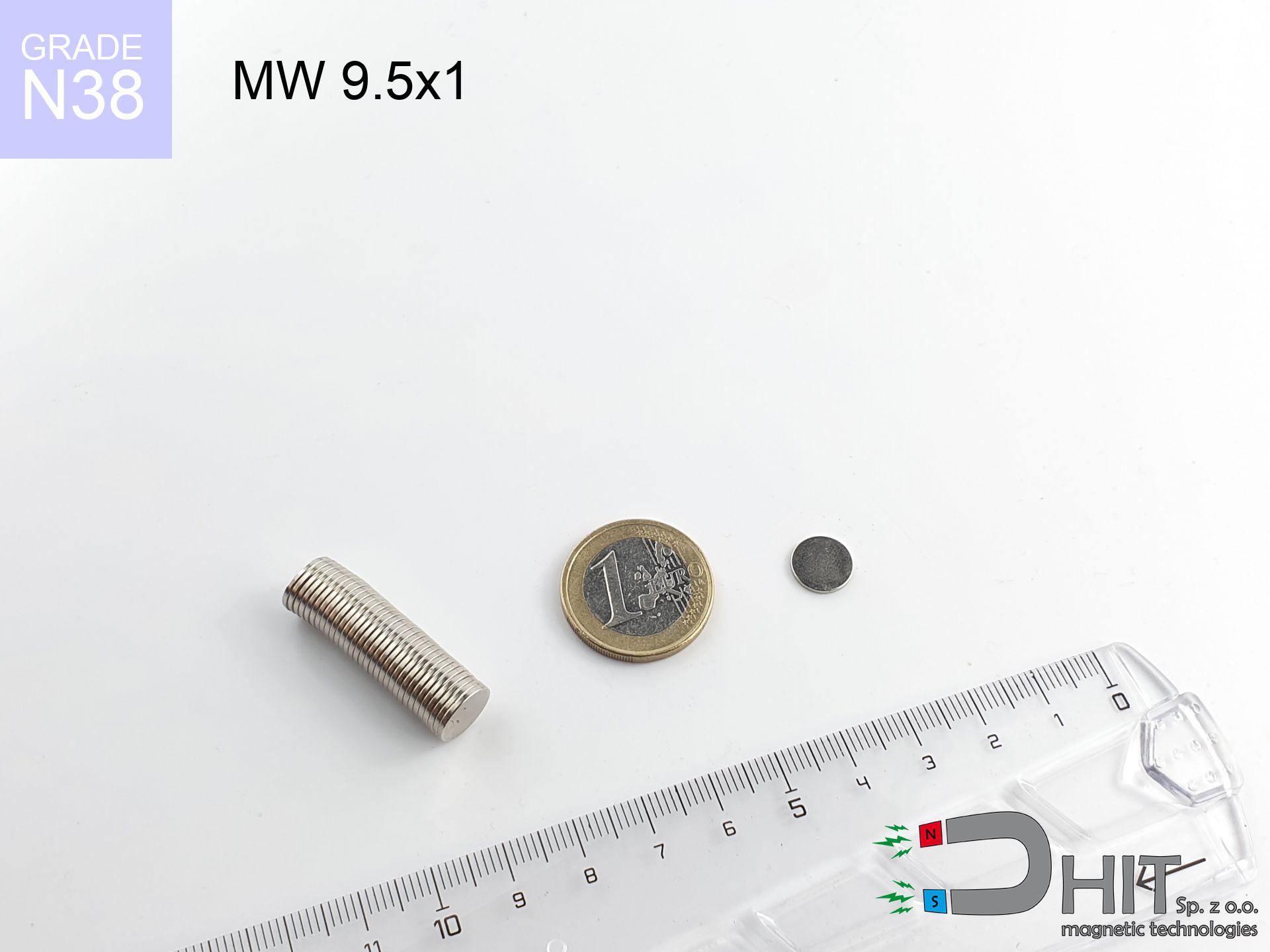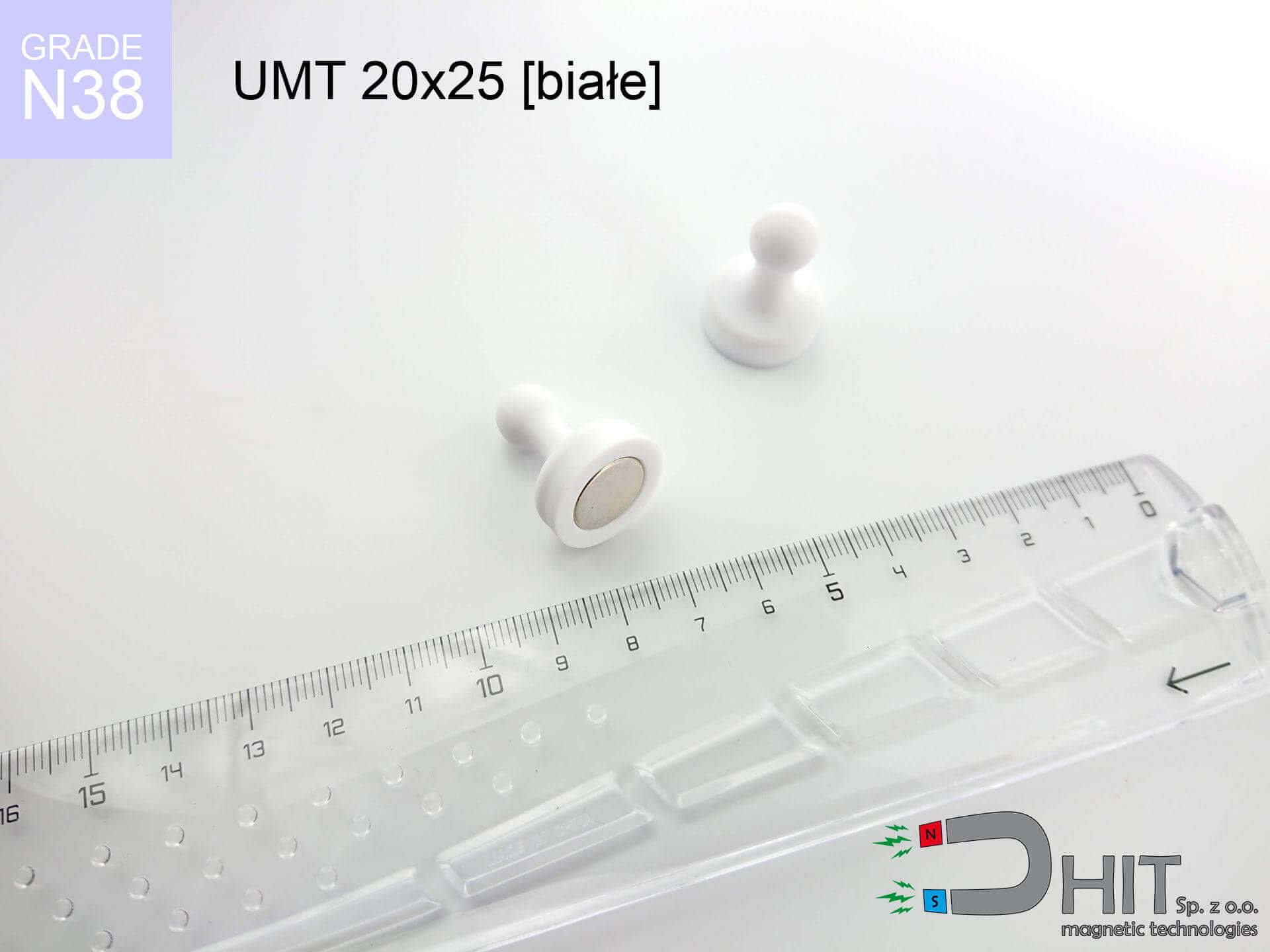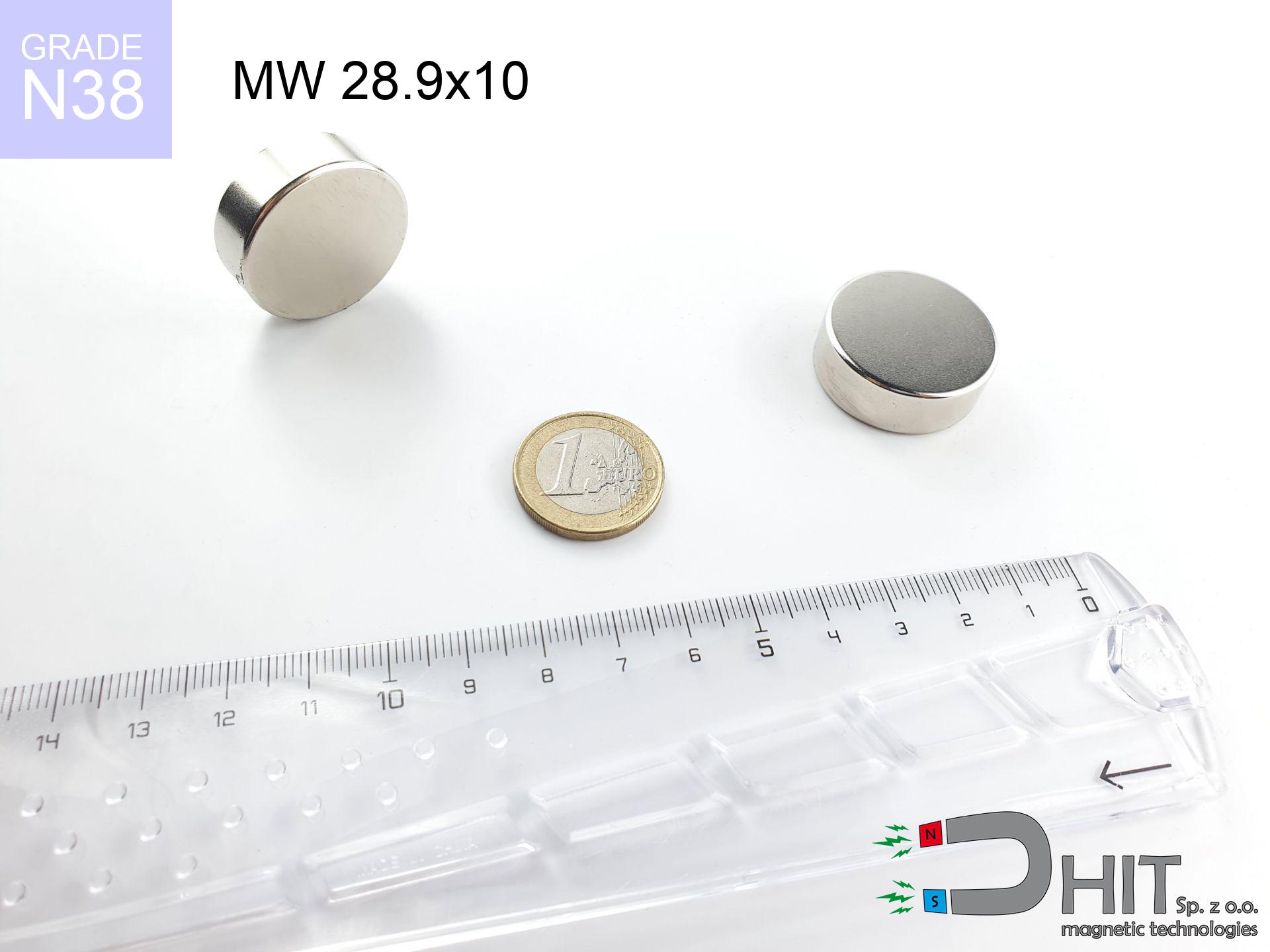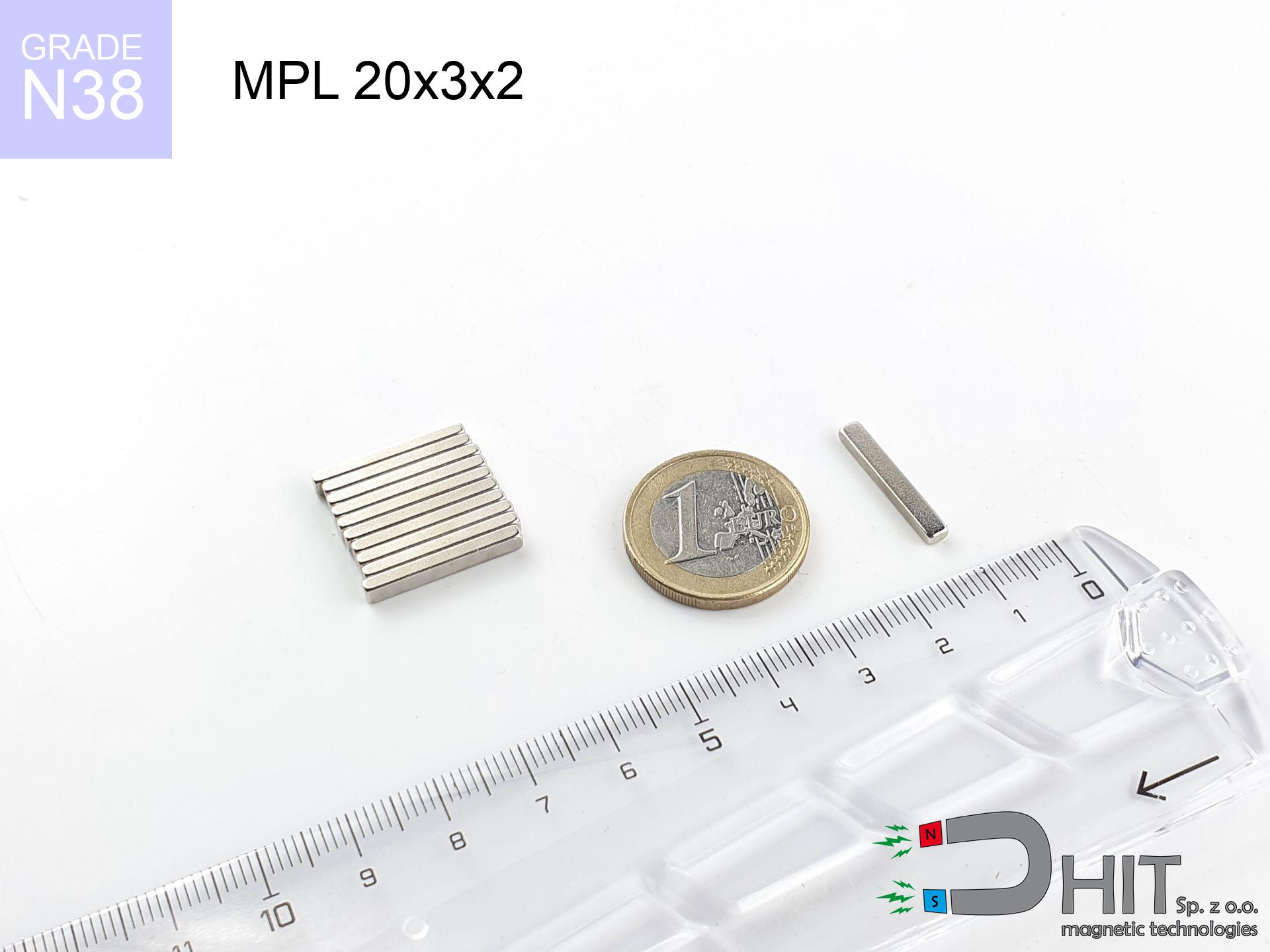NC NeoCube fi 5 mm kuleczki srebrne / N38 - neocube
neocube
Catalog no 120228
GTIN/EAN: 5906301812678
Weight
145 g
Magnetization Direction
↑ axial
Coating
[NiCuNi] Nickel
49.99 ZŁ with VAT / pcs + price for transport
40.64 ZŁ net + 23% VAT / pcs
bulk discounts:
Need more?
Call us now
+48 22 499 98 98
if you prefer let us know through
form
our website.
Force as well as appearance of a neodymium magnet can be checked on our
magnetic mass calculator.
Orders placed before 14:00 will be shipped the same business day.
Technical - NC NeoCube fi 5 mm kuleczki srebrne / N38 - neocube
Specification / characteristics - NC NeoCube fi 5 mm kuleczki srebrne / N38 - neocube
| properties | values |
|---|---|
| Cat. no. | 120228 |
| GTIN/EAN | 5906301812678 |
| Production/Distribution | Dhit sp. z o.o. |
| Country of origin | Poland / China / Germany |
| Customs code | 85059029 |
| Weight | 145 g |
| Magnetization Direction | ↑ axial |
| Coating | [NiCuNi] Nickel |
| Manufacturing Tolerance | ±1 mm |
Magnetic properties of material N38
| properties | values | units |
|---|---|---|
| remenance Br [min. - max.] ? | 12.2-12.6 | kGs |
| remenance Br [min. - max.] ? | 1220-1260 | mT |
| coercivity bHc ? | 10.8-11.5 | kOe |
| coercivity bHc ? | 860-915 | kA/m |
| actual internal force iHc | ≥ 12 | kOe |
| actual internal force iHc | ≥ 955 | kA/m |
| energy density [min. - max.] ? | 36-38 | BH max MGOe |
| energy density [min. - max.] ? | 287-303 | BH max KJ/m |
| max. temperature ? | ≤ 80 | °C |
Physical properties of sintered neodymium magnets Nd2Fe14B at 20°C
| properties | values | units |
|---|---|---|
| Vickers hardness | ≥550 | Hv |
| Density | ≥7.4 | g/cm3 |
| Curie Temperature TC | 312 - 380 | °C |
| Curie Temperature TF | 593 - 716 | °F |
| Specific resistance | 150 | μΩ⋅cm |
| Bending strength | 250 | MPa |
| Compressive strength | 1000~1100 | MPa |
| Thermal expansion parallel (∥) to orientation (M) | (3-4) x 10-6 | °C-1 |
| Thermal expansion perpendicular (⊥) to orientation (M) | -(1-3) x 10-6 | °C-1 |
| Young's modulus | 1.7 x 104 | kg/mm² |
Material specification
| iron (Fe) | 64% – 68% |
| neodymium (Nd) | 29% – 32% |
| boron (B) | 1.1% – 1.2% |
| dysprosium (Dy) | 0.5% – 2.0% |
| coating (Ni-Cu-Ni) | < 0.05% |
Ecology and recycling (GPSR)
| recyclability (EoL) | 100% |
| recycled raw materials | ~10% (pre-cons) |
| carbon footprint | low / zredukowany |
| waste code (EWC) | 16 02 16 |
See more deals
Strengths and weaknesses of Nd2Fe14B magnets.
Benefits
- They retain magnetic properties for around ten years – the drop is just ~1% (according to analyses),
- They maintain their magnetic properties even under external field action,
- Thanks to the shimmering finish, the surface of nickel, gold, or silver-plated gives an visually attractive appearance,
- The surface of neodymium magnets generates a powerful magnetic field – this is a key feature,
- Thanks to resistance to high temperature, they are capable of working (depending on the form) even at temperatures up to 230°C and higher...
- Due to the potential of accurate shaping and customization to individualized needs, neodymium magnets can be created in a wide range of geometric configurations, which expands the range of possible applications,
- Key role in electronics industry – they are commonly used in mass storage devices, drive modules, medical devices, and complex engineering applications.
- Thanks to efficiency per cm³, small magnets offer high operating force, in miniature format,
Disadvantages
- At strong impacts they can crack, therefore we advise placing them in special holders. A metal housing provides additional protection against damage and increases the magnet's durability.
- Neodymium magnets lose strength when exposed to high temperatures. After reaching 80°C, many of them experience permanent weakening of power (a factor is the shape as well as dimensions of the magnet). We offer magnets specially adapted to work at temperatures up to 230°C marked [AH], which are very resistant to heat
- Magnets exposed to a humid environment can corrode. Therefore during using outdoors, we advise using water-impermeable magnets made of rubber, plastic or other material protecting against moisture
- Limited ability of creating nuts in the magnet and complicated shapes - preferred is cover - magnetic holder.
- Potential hazard to health – tiny shards of magnets pose a threat, when accidentally swallowed, which gains importance in the context of child safety. It is also worth noting that small components of these magnets are able to be problematic in diagnostics medical after entering the body.
- With mass production the cost of neodymium magnets is a challenge,
Holding force characteristics
Magnetic strength at its maximum – what affects it?
- using a base made of high-permeability steel, serving as a ideal flux conductor
- possessing a thickness of at least 10 mm to avoid saturation
- with a plane cleaned and smooth
- without the slightest insulating layer between the magnet and steel
- during detachment in a direction vertical to the mounting surface
- in neutral thermal conditions
Lifting capacity in real conditions – factors
- Gap (between the magnet and the metal), since even a very small clearance (e.g. 0.5 mm) leads to a reduction in lifting capacity by up to 50% (this also applies to varnish, rust or dirt).
- Loading method – catalog parameter refers to detachment vertically. When slipping, the magnet holds significantly lower power (typically approx. 20-30% of maximum force).
- Metal thickness – thin material does not allow full use of the magnet. Part of the magnetic field penetrates through instead of generating force.
- Chemical composition of the base – mild steel attracts best. Alloy admixtures decrease magnetic permeability and holding force.
- Surface condition – ground elements ensure maximum contact, which improves force. Uneven metal reduce efficiency.
- Thermal environment – heating the magnet results in weakening of induction. Check the maximum operating temperature for a given model.
Lifting capacity was measured with the use of a steel plate with a smooth surface of suitable thickness (min. 20 mm), under perpendicular detachment force, whereas under attempts to slide the magnet the lifting capacity is smaller. Additionally, even a small distance between the magnet and the plate reduces the holding force.
Precautions when working with neodymium magnets
Protective goggles
Watch out for shards. Magnets can fracture upon violent connection, ejecting shards into the air. Wear goggles.
Life threat
Warning for patients: Strong magnetic fields affect electronics. Keep minimum 30 cm distance or ask another person to handle the magnets.
Caution required
Handle with care. Rare earth magnets attract from a long distance and connect with massive power, often quicker than you can move away.
Cards and drives
Avoid bringing magnets near a purse, laptop, or TV. The magnetism can irreversibly ruin these devices and wipe information from cards.
Crushing risk
Big blocks can crush fingers in a fraction of a second. Under no circumstances put your hand betwixt two attracting surfaces.
Impact on smartphones
Remember: rare earth magnets generate a field that confuses precision electronics. Keep a safe distance from your phone, tablet, and GPS.
Thermal limits
Avoid heat. Neodymium magnets are sensitive to temperature. If you require resistance above 80°C, inquire about special high-temperature series (H, SH, UH).
Combustion hazard
Dust produced during grinding of magnets is combustible. Do not drill into magnets unless you are an expert.
Choking Hazard
Product intended for adults. Tiny parts can be swallowed, leading to intestinal necrosis. Store out of reach of kids and pets.
Nickel coating and allergies
Certain individuals have a sensitization to nickel, which is the typical protective layer for neodymium magnets. Extended handling can result in dermatitis. We suggest use safety gloves.








